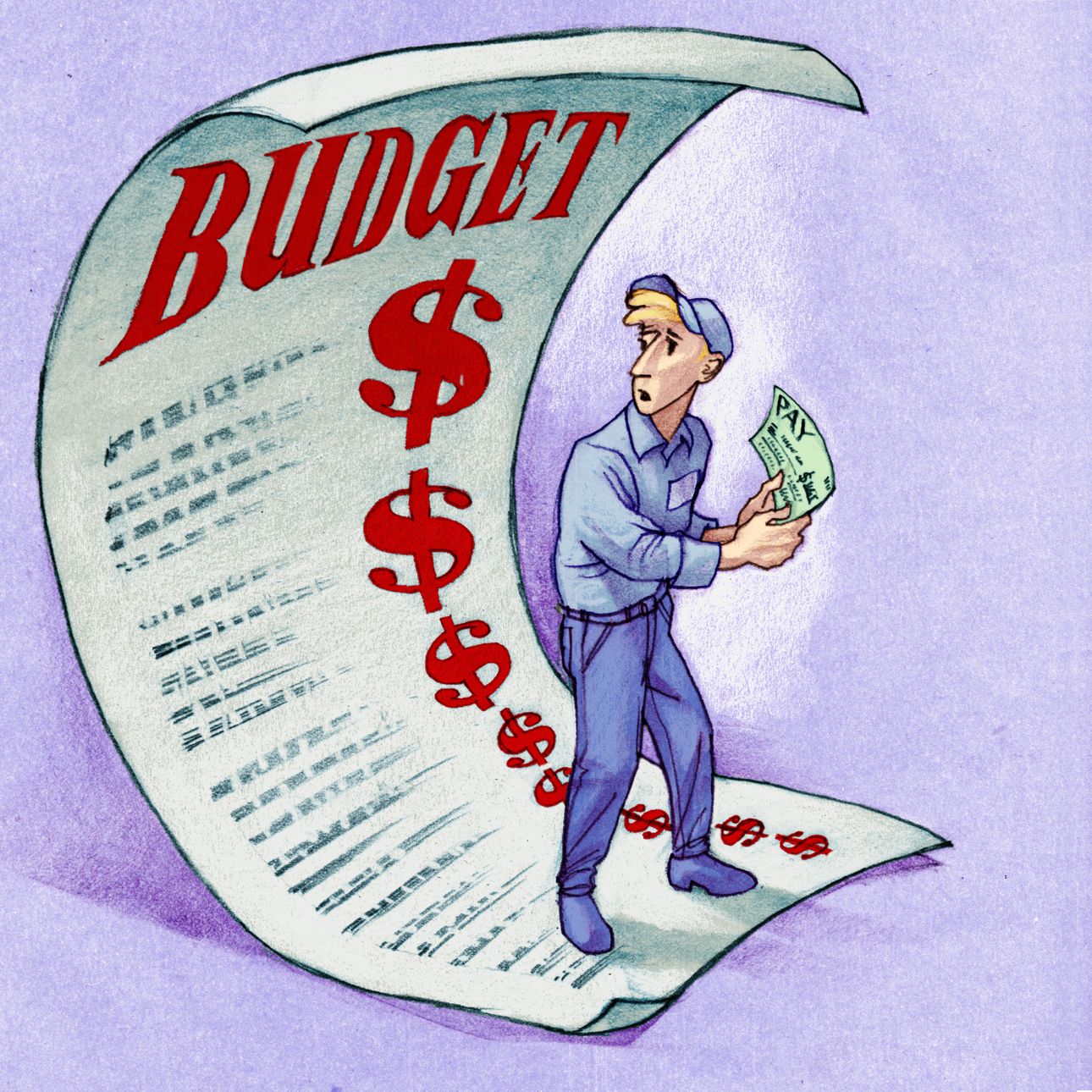By:
An odd notion seems to have taken hold in Washington: that the Federal Reserve’s easy monetary policy is good for workers. Near-zero interest rates are being hailed as the key to higher wages—even as consumer prices are increasing at the fastest pace since 2008. But nominal wage gains are an illusion when inflation wipes out real gains. The financial rewards from the Fed’s “accommodative” stance overwhelmingly favor Wall Street over Main Street.
Take comments by Senate Banking Committee Chairman Sherrod Brown at last week’s hearing on monetary policy. The Ohio Democrat criticized his GOP colleagues’ concern about rising costs: “They won’t say aloud what this ‘inflation alarmism’ is really about; they simply don’t want workers to have more power.” He compounded this inanity with an exhortation to “join the fight to make housing more affordable” and “curb Wall Street greed and excess.”
As it turns out, low- and middle-income Americans do understand they’re worse off when wage increases don’t keep pace with the cost of living. Workers feel particularly vulnerable to changes in the price of fuel, groceries, healthcare and housing. People also think income inequality—both across households and geographically—is an important issue. These strong views are recorded in “Fed Listens,” a 129-page report released by the Federal Reserve in June 2020.
Yet none of the questions directed to Fed Chairman Jerome Powell, the only witness testifying at the hearing, mentioned the report. The initiative was undertaken by the central bank in 2019 to get feedback from the public; it included 15 listening events around the U.S. to hear how monetary policy affects people’s daily lives and livelihoods.
At a Fed Listens town hall in San Francisco, participants were asked: “How important are the Fed’s two statutory goals—maximum employment and price stability?” Price stability was ranked “very important” by 79% of respondents, while maximum employment was ranked “very important” by 72%. The 150 attendees were described as members of disadvantaged communities, labor organizations and businesses representing a “broad cross section of stakeholder groups and the general public.” If they viewed price stability as the Fed’s most important goal when inflation was 1.7%, is this likely to have changed with 5.4% inflation?
Workers’ worries reflect the economic reality of inflation. An April article by Cecilia Rouse and Martha Gimbel of the Council of Economic Advisers notes that average wage growth was 3% at the end of 2019 but weakened to 2.8% at the end of 2020. “Wage growth this spring could be estimated to be even lower if it is adjusted for inflation because measured inflation will likely temporarily rise in coming months.”
Clearly, the key to discerning the damage wrought lies in defining what “temporarily” means—or using the Fed’s artful term, it depends on whether inflation proves to be transitory. Mr. Powell refuses to say exactly how long it’s supposed to go on; the Fed’s monetary-policy statement continues to assert that, with inflation having run persistently below its target, it will aim to achieve inflation moderately above 2% for “some time.”
Good enough for government work, as they say—but not helpful to people on fixed incomes, retirees and older adults, whose views were represented at the Fed Listens event in Dallas by Steve Benton of the Senior Source, an advocacy group for the elderly. “The biggest fear of the older adult is, surprisingly, not death—it’s running out of money,” Mr. Benton explained to his Fed hosts. As retired people live longer, they face increasing inflation risk, he said, because “their fixed-income buying power shrinks as the cost of everything they need to live rises over time.”
One might think that government officials committed to making housing more affordable would consider the impact of monetary policy on the median existing-home sales price, which rose 16.2% in the first quarter. According to the National Association of Realtors, the typical monthly mortgage payment rose to $1,067 from $995 a year earlier, even as mortgage rates declined. Rapidly rising prices for homes, it seems, are outweighing the benefit of rock-bottom borrowing rates.
Regarding income inequality and the need to curb the perceived excesses flowing to Wall Street: An analysis performed by the Fed examining the distribution of U.S. household wealth shows that total wealth from corporate equities and mutual fund shares went from $22.32 trillion in the first quarter of 2020 to $37.39 trillion in the first quarter of 2021—with 90% of the $15.07 trillion gain accruing to those in the top 10% by wealth.
So it seems appropriate to ask the central bank’s chairman whether monetary policies that keep interest rates close to zero—carried out through the Fed’s monthly purchases of $120 billion in Treasury securities and agency mortgage-backed securities—are boosting housing costs and investor returns. Is the associated inflation justified?
The Fed Listens report noted that people were puzzled by the Fed’s angst over inflation running modestly below its 2% goal. In response, “policymakers generally agreed that they need to communicate more clearly to the public their rationale.” But what we have here isn’t failure to communicate. It’s failure to acknowledge the consequences of misguided policies and government-knows-best reasoning.
To see this article and subscribe to others like it choose to read more.
 Listen Online
Listen Online Watch Online
Watch Online Find a Station in Your Area
Find a Station in Your Area







 Listen Now
Listen Now Watch Online
Watch Online
